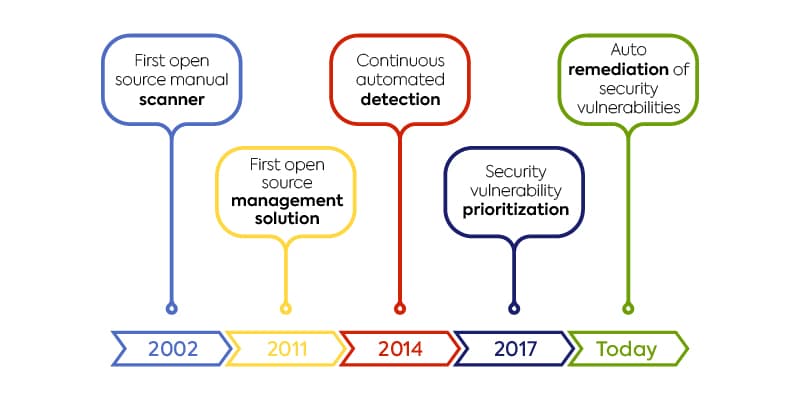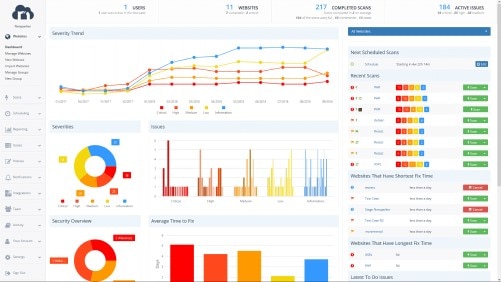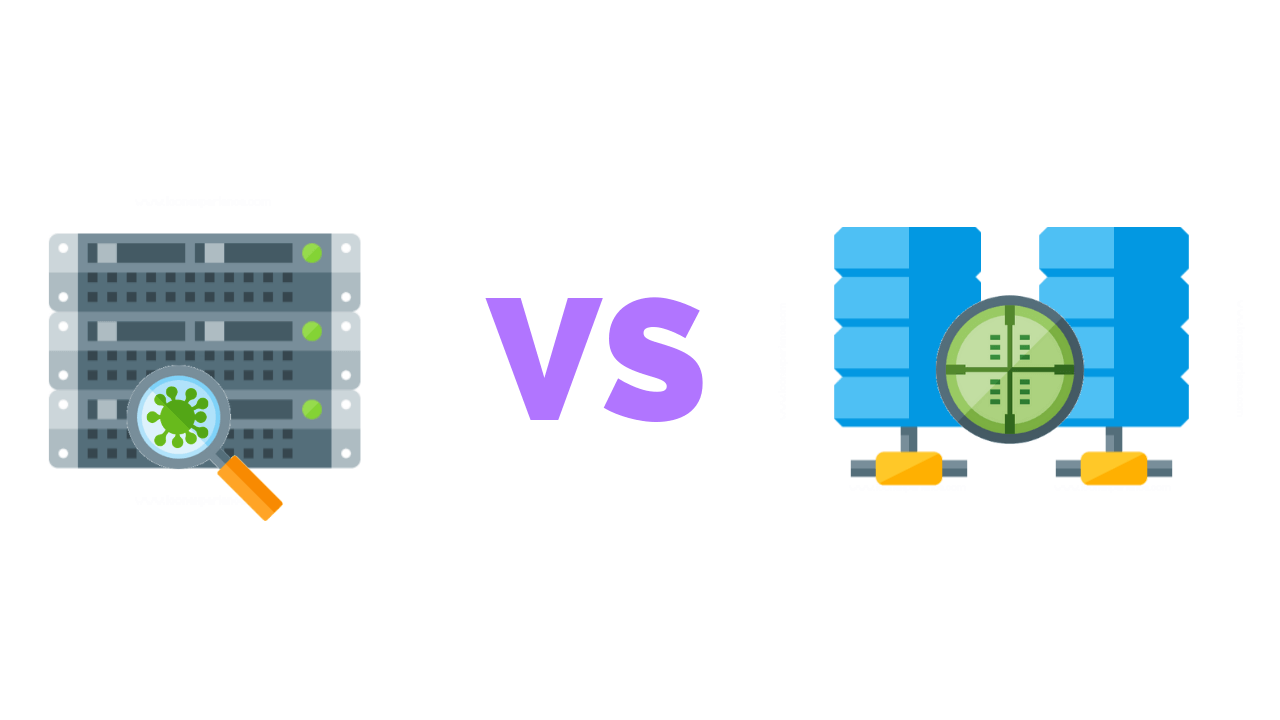

The non-credentialed scans discover services that are open on a computer over the network and send packets on their open ports to determine the version of the operating system, the version of the software behind those services, if there are open file shares, and other information that is available without authenticating. Vulnerability scans can be authenticated and unauthenticated, or credentialed and non-credentialed.

This results in a more accurate evaluation of the risk posed by different vulnerabilities.Īuthenticated and unauthenticated vulnerability scans
Top vulnerability scanners 2014 manual#
Meanwhile, penetration testing is a more involved process that includes manual probing and exploitation by a security professional in simulate what a real attacker would do. Vulnerability scanning is an automated activity that relies on a database of known vulnerabilities such as CVE/NVD - scanning vendors maintain more complete databases - but does not typically include the exploitation of identified flaws. These are different processes that share the goal of identifying and evaluating security weaknesses. Vulnerability scanning should be complemented with penetration testing. External scans are especially important in this context because misconfigured and insecure deployments of databases and other services in the cloud have been a common occurrence. With the widespread adoption of cloud-based infrastructure in recent years, vulnerability scanning procedures must be adapted to include cloud-hosted assets as well. External scans must be performed using tools from a PCI Approved Scanning Vendor (ASV). Some industry standards, such as the Payment Card Industry Data Security Standard (PCI-DSS), require organizations to perform both external and internal vulnerability scans quarterly, as well as every time new systems or components are installed, the network topology changes, the firewall rules are modified, or various software products are upgraded. Because of this, any vulnerability management program should start with a mapping and inventory of an organization's systems and a classification of their importance based on the access they provide and the data they hold. The ease of gaining access to parts of the internal network depends on how the network is configured and, more importantly, segmented.

Meanwhile, internal vulnerability scans aim to identify flaws that hackers could exploit to move laterally to different systems and servers if they gain access to the local network. Organizations can run external scans from outside their network perimeter to determine the exposure to attacks of servers and applications that are accessible directly from the internet. Vulnerability scans can be performed from outside or inside the network or the network segment that's being evaluated. External and internal vulnerability scans There are many tools and products in the vulnerability scanning space that cover different types of assets and offer additional features that help companies implement a complete vulnerability management program - the combined processes related to identifying, classifying and mitigating vulnerabilities. Vulnerability scanning is a common practice across enterprise networks and is often mandated by industry standards and government regulations to improve the organization's security posture. Vulnerability scanners are automated tools that allow organizations to check if their networks, systems and applications have security weaknesses that could expose them to attacks.


 0 kommentar(er)
0 kommentar(er)
